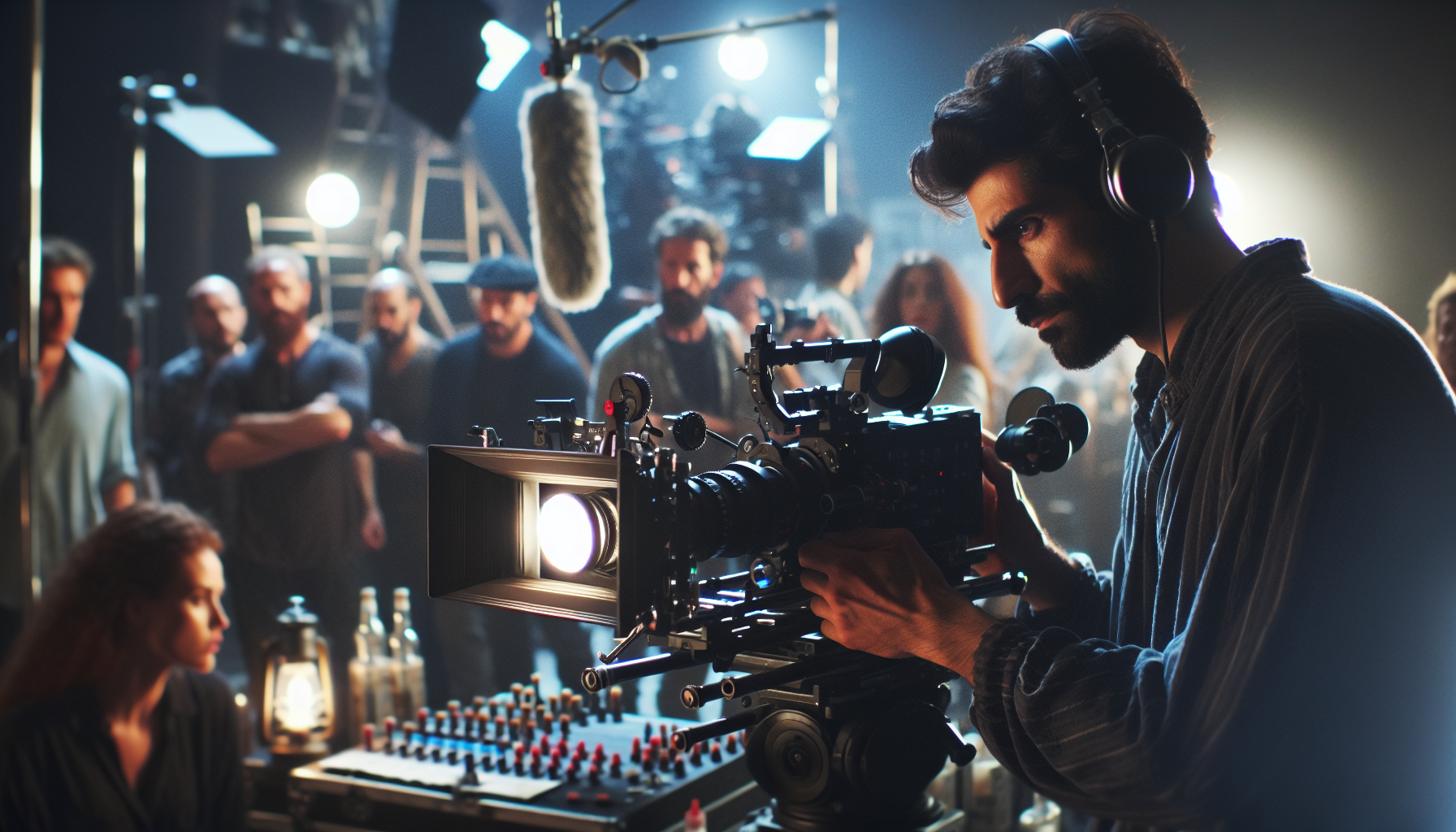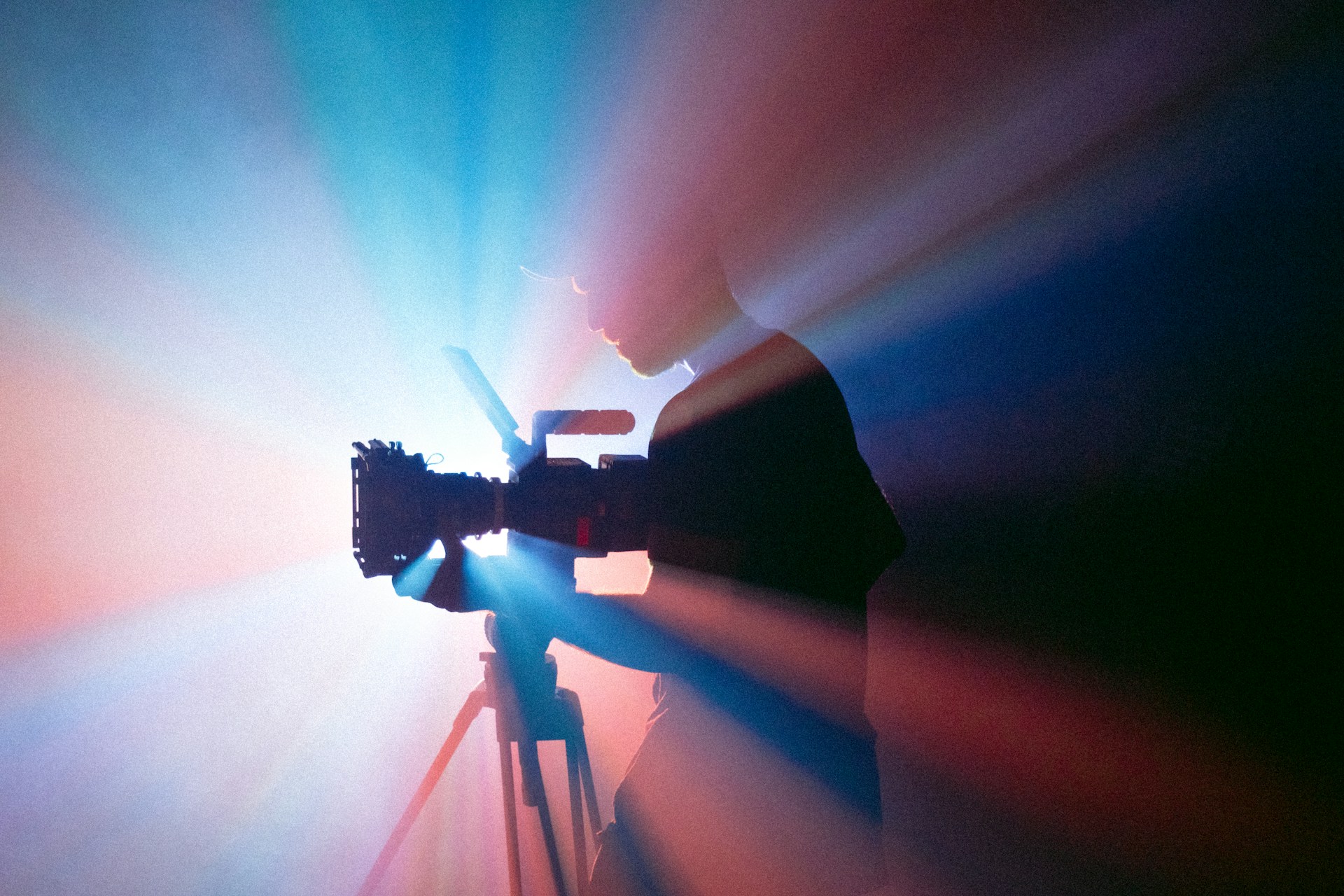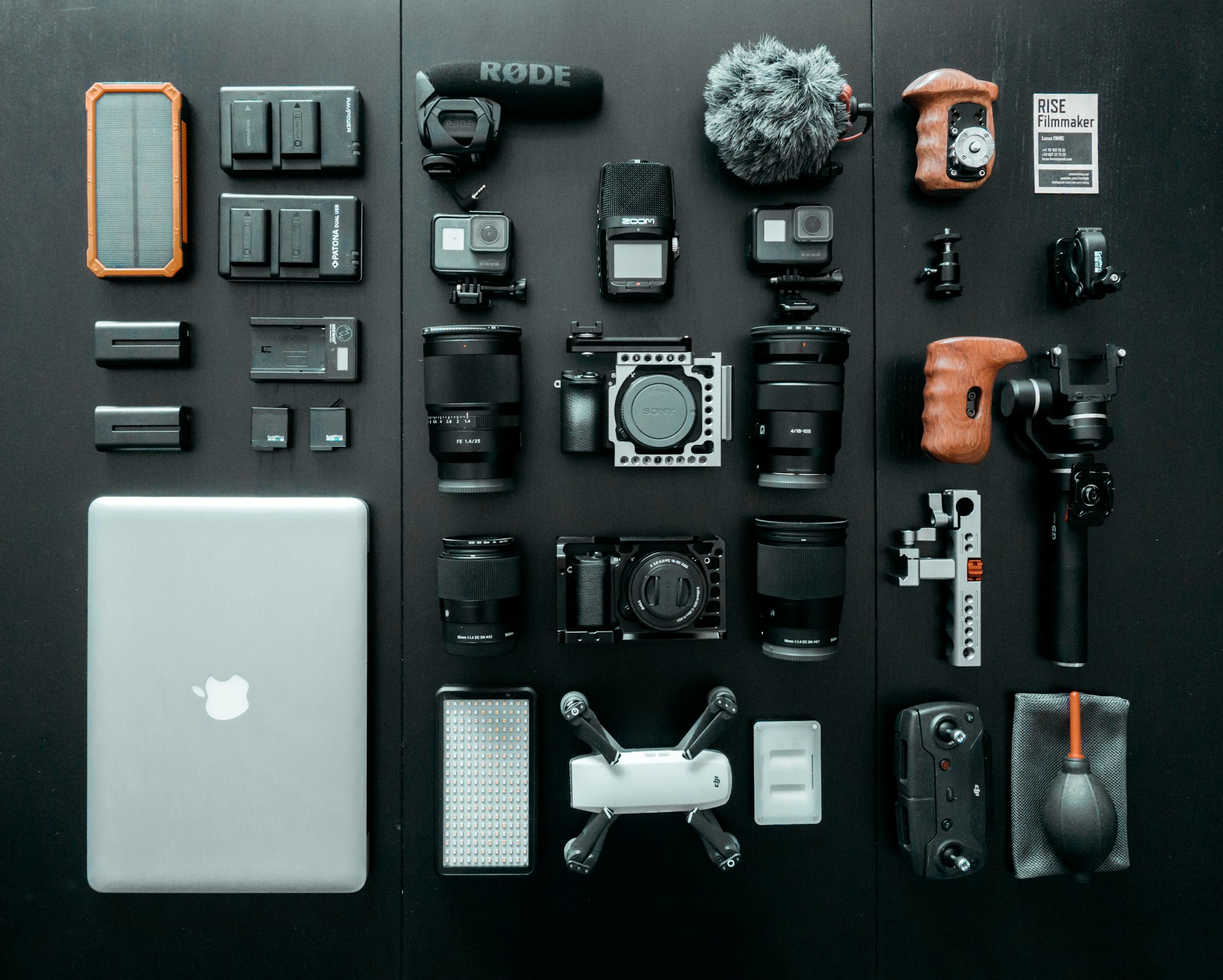In the realm of television, the art of storytelling transcends mere scriptwriting, delving deep into the visual representation of narratives through sophisticated cinematic techniques. The evolution of TV series from simple set-pieces to complex visual narratives mirrors the maturation of filmmaking practices, highlighting the significance of videography in shaping viewers’ experiences and emotional responses. Today we explore the diverse videography techniques used in popular TV series, revealing how directors and cinematographers craft visually compelling stories that captivate audiences worldwide.
Cinematic Techniques and Their Impact
Cinematic techniques in television encompass a myriad of visual elements, including camera angles, movement, composition, and lighting. Each of these components plays a crucial role in conveying the narrative’s emotional depth, character perspectives, and thematic undertones. By dissecting these techniques, we gain insights into the creative processes behind the captivating visuals that define today’s most beloved TV series.

Camera Angles and Cinematic Movement
One of the fundamental aspects of videography is the strategic use of camera angles and movement to shape viewers’ perceptions and emotions. TV series often employ a variety of shots, such as wide, medium, and close-up, to establish context, focus on character interactions, and highlight emotional intensity. Furthermore, camera movement, including pans, tilts, zooms, and tracking shots, adds dynamism to scenes, guiding the audience’s attention and enhancing storytelling.
For instance, the subjective point of view (POV) shot offers a unique narrative device, placing viewers directly in a character’s perspective, allowing them to see the world through their eyes. This technique, often utilized in action sequences or intimate moments, creates a sense of immersion, drawing the audience deeper into the characters’ experiences. The article on PremiumBeat delves into the intricacies of POV shots, exemplifying their power in visual storytelling.

Composition and Framing Techniques:
Composition and framing are essential elements that influence the overall aesthetic and mood of a scene. The rule of thirds, leading lines, and symmetry are among the compositional techniques that cinematographers use to create visually appealing and meaningful shots. These techniques help in directing viewers’ attention to crucial elements within the frame, establishing spatial relationships between characters and their environment, and conveying thematic messages subtly.
In the context of TV series, the choice of composition and framing can significantly affect the storytelling, altering how scenes are perceived and interpreted. For example, a tightly framed close-up shot of a character’s face can convey intimacy or tension, while a wide shot that encompasses the character within their environment can emphasize loneliness or detachment.

Lighting: Shaping Mood and Atmosphere
Lighting plays a pivotal role in establishing the tone and atmosphere of a scene, with the capacity to evoke specific emotions from the audience. Through the manipulation of light and shadow, cinematographers can highlight characters, create depth, and imbue scenes with a particular mood, whether it be ominous, romantic, or surreal.
High-quality TV series often employ lighting techniques such as high-key lighting for bright and open scenes, low-key lighting for mystery and suspense, and motivated lighting to mimic natural light sources. These techniques not only enhance the visual appeal of scenes but also contribute to the narrative by reinforcing themes and emotions.
Narrative Influence and Viewer Engagement
Beyond the aesthetics, the application of cinematic techniques in TV series has a profound impact on narrative delivery and viewer engagement. By carefully crafting visual narratives, directors and cinematographers can guide audiences through complex storylines, create suspense, and develop character arcs in a visually stimulating manner.
The choice of cinematic techniques can also dictate the pacing of the narrative, with rapid camera movements and quick cuts intensifying action scenes, while slow pans and lingering shots allow for moments of reflection. Such meticulous attention to visual storytelling enriches the viewing experience, making it more engaging and emotionally resonant.

The exploration of cinematic techniques in popular TV series unveils the intricate craftsmanship behind the visual storytelling that defines the modern television landscape. Through the strategic use of camera angles, movement, composition, framing, and lighting, filmmakers create immersive narratives that captivate and engage audiences. As television continues to evolve, the role of videography in shaping visual narratives will remain paramount, pushing the boundaries of storytelling and artistic expression.



